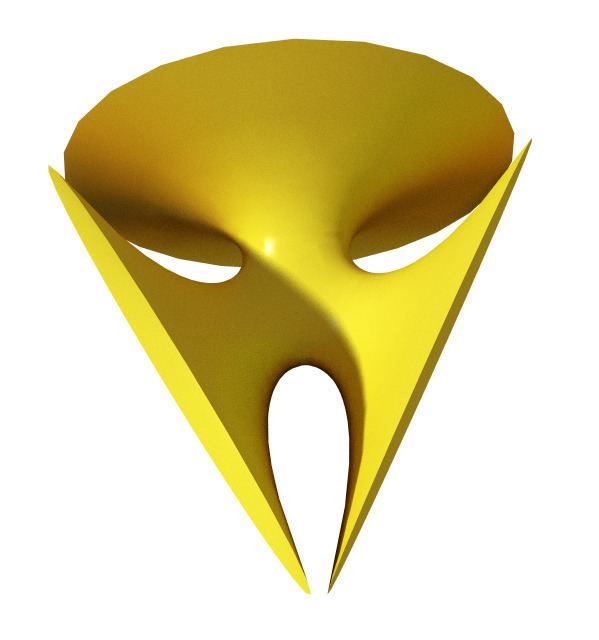 | ||
In differential geometry, a k-noid is a minimal surface with k catenoid openings. In particular, the 3-noid is often called trinoid. The first k-noid minimal surfaces were described by Jorge and Meeks in 1983.
The term k-noid and trinoid is also sometimes used for constant mean curvature surfaces, especially branched versions of the unduloid ("triunduloids").
k-noids are topologically equivalent to k-punctured spheres (spheres with k points removed). k-noids with symmetric openings can be generated using the Weierstrass–Enneper parameterization
where
It is also possible to create k-noids with openings in different directions and sizes, k-noids corresponding to the platonic solids and k-noids with handles.
